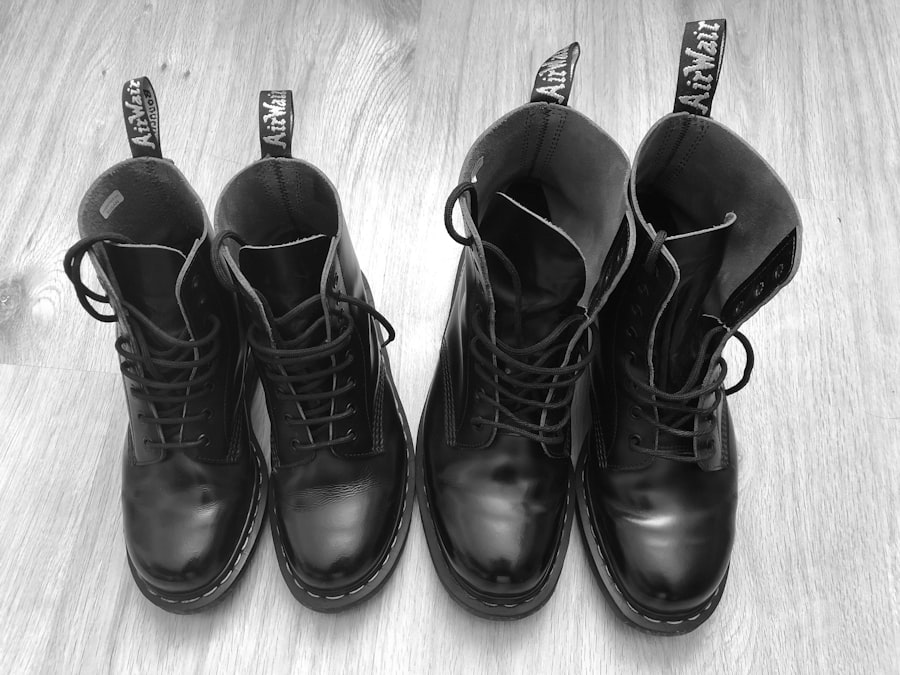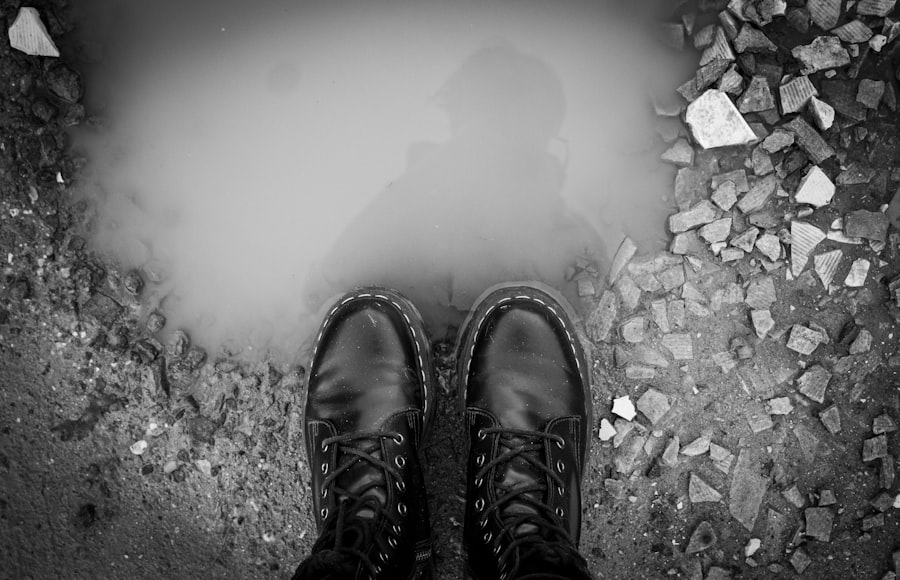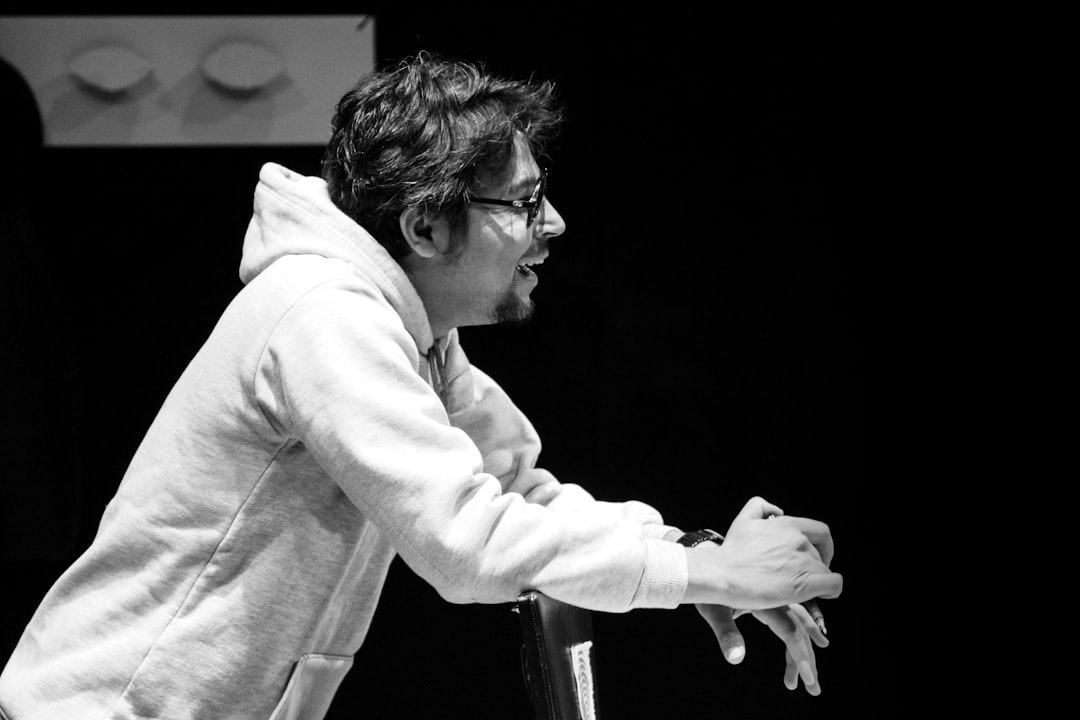The Norwegian dental system is a unique blend of public and private services, designed to cater to the oral health needs of its citizens. In Norway, dental care is primarily the responsibility of the individual, unlike many other countries where it is heavily subsidised or provided free at the point of use. The system is structured to ensure that everyone has access to basic dental care, but the extent of coverage can vary significantly depending on age, income, and specific health needs.
In Norway, dental services are provided by both public dental clinics and private practitioners. Public dental clinics primarily serve children and adolescents up to the age of 18, offering essential services at little to no cost. For adults, however, the public system offers limited coverage, which often leads individuals to seek care from private dentists.
This dual system can create confusion for newcomers and residents alike, as understanding which services are covered and to what extent can be challenging.
The distinction between public and private dental care in Norway is significant and can greatly influence a patient’s experience and costs. Public dental clinics are generally more affordable, especially for children and young adults, as they are subsidised by the government. These clinics focus on preventive care and basic treatments, ensuring that younger populations receive essential dental services without financial burden.
However, the waiting times for appointments can be longer in public clinics, and the range of services offered may be limited. On the other hand, private dental practices offer a wider array of services, including advanced treatments such as cosmetic dentistry and orthodontics. While private care is often more expensive, it provides greater flexibility in terms of appointment availability and treatment options.
Many Norwegians opt for private dental care as they seek quicker access to services or specialised treatments that may not be available in the public system. This choice often reflects a balance between cost and the quality of care received. Book your 1-hour strategy session with Norway Relocation Group.
Summary
- The Norwegian dental system is a combination of public and private care, with most basic services covered by the government.
- Public dental care is heavily subsidized, making it more affordable for residents, while private care tends to be more expensive.
- Basic dental services such as check-ups and fillings are relatively affordable in Norway, with costs varying between public and private providers.
- Advanced dental services such as root canals and crowns can be costly, especially when seeking treatment from private providers.
- Additional costs and fees for dental care in Norway may include x-rays, anaesthesia, and emergency appointments, which can add up quickly.
Cost of Basic Dental Services
The cost of basic dental services in Norway can vary widely depending on whether one chooses public or private care. In public clinics, basic check-ups and preventive treatments such as cleanings are often provided at little to no cost for children and adolescents. For adults, however, the costs can range from 500 to 1,500 NOK for a standard check-up, which typically includes an examination and basic cleaning.
In contrast, private dental practices charge significantly more for similar services. A routine check-up in a private clinic can cost anywhere from 800 to 2,000 NOK. This price difference can be a deterrent for many adults who may find themselves weighing the benefits of immediate access against the higher costs associated with private care.
It is essential for individuals to consider their personal circumstances when deciding between public and private options.
Cost of Advanced Dental Services

When it comes to advanced dental services, the financial implications become even more pronounced. Treatments such as root canals, crowns, and orthodontics can be quite costly in Norway. In public clinics, these advanced procedures may be partially covered for certain age groups or under specific circumstances; however, adults often find themselves responsible for the full cost.
For instance, a root canal treatment can range from 3,000 to 6,000 NOK in a private clinic, while crowns may cost between 5,000 and 10,000 NOK. Private orthodontic treatments are particularly expensive, with costs ranging from 20,000 to 50,000 NOK depending on the complexity of the case and the type of braces used. Many families find it challenging to budget for these expenses, especially if multiple children require orthodontic care.
As a result, some individuals may choose to delay necessary treatments or seek alternative solutions that may not be as effective.
Additional Costs and Fees
In addition to the basic and advanced treatment costs, patients should also be aware of potential additional fees that may arise during their dental visits. These can include charges for diagnostic imaging such as X-rays or CT scans, which are often necessary for accurate diagnosis and treatment planning. In private practices, these imaging services can add several hundred NOK to the overall cost of treatment.
Moreover, there may be fees associated with missed appointments or cancellations without adequate notice. Many clinics enforce strict policies regarding appointment cancellations to ensure that they can accommodate other patients in need of care. Understanding these additional costs is crucial for individuals seeking dental care in Norway, as they can significantly impact overall expenses.
Insurance Coverage for Dental Care
Dental insurance in Norway is not as common as in some other countries; however, many individuals do have some form of coverage through their employer or private insurance plans. These insurance policies often cover a portion of dental expenses but typically do not extend to all treatments. Basic preventive care may be covered to some extent, but more complex procedures often require out-of-pocket payments.
It is essential for individuals to carefully review their insurance policies to understand what is covered and what is not. Some plans may offer better coverage for specific treatments or age groups, while others may have limitations that could leave patients with significant out-of-pocket expenses. For those without insurance or with limited coverage, budgeting for dental care becomes even more critical.
Government Subsidies and Assistance

The Norwegian government does provide some subsidies and assistance for dental care, particularly for children and young adults. As mentioned earlier, public dental clinics offer free or low-cost services for individuals under 18 years of age. Additionally, there are provisions for individuals with special needs or those requiring extensive dental work due to medical conditions.
For adults seeking assistance with dental costs, options may be limited but not entirely absent. Some municipalities offer financial support or low-interest loans for necessary dental treatments; however, these programmes can vary significantly from one region to another. It is advisable for individuals to inquire about available assistance within their local area to ensure they are taking advantage of any potential support.
Cost of Dental Implants and Prosthetics
Dental implants and prosthetics represent one of the most significant expenses within the realm of dental care in Norway. The cost of a single dental implant can range from 25,000 to 40,000 NOK depending on various factors such as the complexity of the case and the materials used. This price often includes not only the implant itself but also associated procedures such as bone grafting or sinus lifts if required.
Prosthetic devices like dentures or bridges also come with substantial costs; a complete set of dentures can range from 20,000 to 50,000 NOK depending on the materials used and the complexity of fitting them correctly. Given these high costs, many individuals find themselves exploring financing options or payment plans offered by dental practices to manage their expenses effectively.
Comparison with Other Countries
When comparing Norway’s dental costs with those in other countries, it becomes evident that Norway tends to have higher prices for both basic and advanced dental services. Countries like Sweden or Denmark may offer similar quality of care but often at lower prices due to different healthcare funding models or government subsidies. In contrast, countries like the United States exhibit even higher costs across the board due to a predominantly private healthcare system where insurance coverage varies widely.
This comparison highlights the importance of understanding local healthcare systems when relocating or travelling abroad. For expatriates or tourists in Norway seeking dental care, being aware of these differences can help manage expectations regarding costs and available services.
Tips for Managing Dental Costs
Managing dental costs in Norway requires careful planning and awareness of available resources. One effective strategy is to schedule regular check-ups at public clinics while utilising private practices only for specialised treatments when necessary. This approach allows individuals to benefit from subsidised preventive care while minimising out-of-pocket expenses for more complex procedures.
Additionally, individuals should consider investing in a comprehensive dental insurance plan if they anticipate needing extensive work done. Researching various insurance options can help identify plans that offer better coverage for specific treatments or age groups. Furthermore, maintaining good oral hygiene practices at home can prevent costly procedures down the line by reducing the likelihood of cavities or gum disease.
Navigating Dental Costs in Norway
Navigating dental costs in Norway can be a complex endeavour due to the interplay between public and private systems, varying service costs, and limited insurance coverage options. Understanding how these elements interact is crucial for anyone seeking dental care in this country. By being informed about available resources—such as government subsidies for children and potential assistance programmes—individuals can make more educated decisions regarding their oral health.
For those looking to learn Norwegian while also managing their dental health effectively, enrolling in courses at the NLS Norwegian Language School could prove beneficial. Not only will language proficiency enhance communication with healthcare providers but it will also facilitate a deeper understanding of local healthcare systems and resources available for managing costs effectively. Ultimately, being proactive about both language learning and dental health will empower individuals to navigate their experiences in Norway with confidence and ease.
Speak Norwegian with confidence. Enroll in a class at the NLS Norwegian Language School now.

